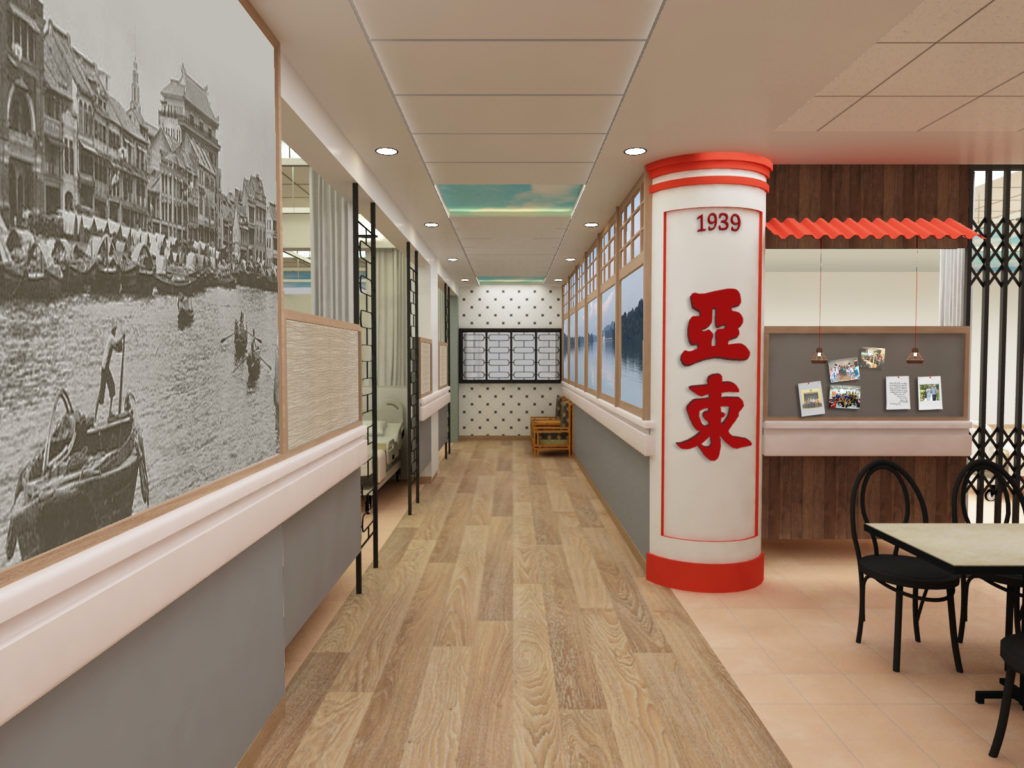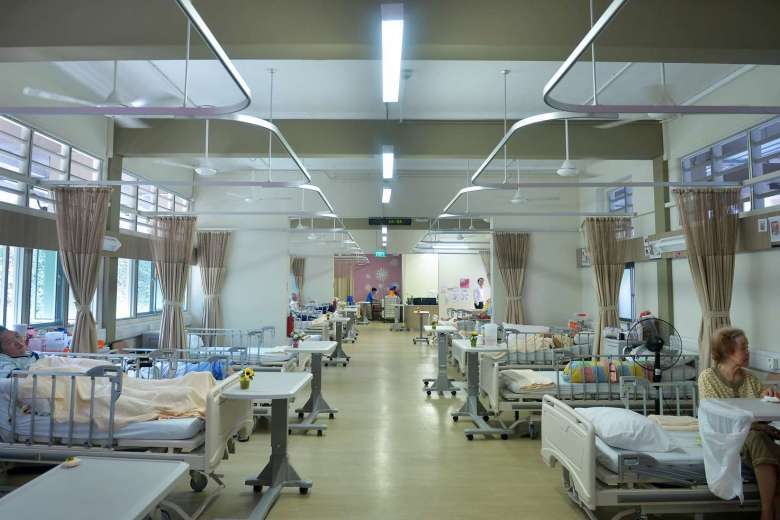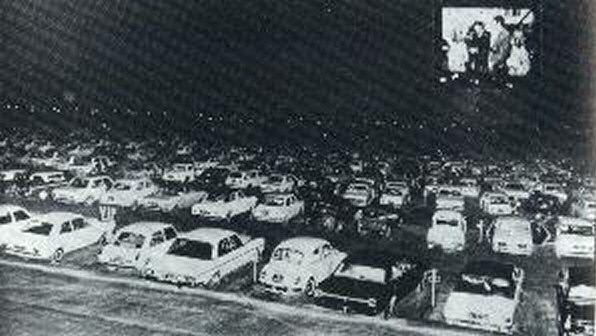
Transforming the cold medical space into a comforting home through intentional design…
Early this year, my company was invited to participate in an interior-remodelling design concept tender for a nursing home.
As we were guided to survey the grounds for our preparation, I was confronted by all the familiar sights and senses of a typical hospital. During the visit, facts and data were also presented to us to help in our proposal. Many of the patients are suffering from Dementia or other old age sicknesses. Many have been with the home for a long time. Many spend the rest of their life there.
My mother, who is 86 years of age, has 4 sisters and 3 brothers. She is the 4th sister of the family. Her oldest brother and sister have passed away some years ago. Her 2 younger brothers are still active and healthy in general. However, all her sisters, including my first aunt, suffer from Dementia. My youngest aunt’s sickness is even complicated by Parkinson’s disease. The siblings who are still around are in their 70s to 90s. They are all blessed with caring families but the children shoulder the heavy and draining responsibility to care and provide for them.
The residents I saw in the nursing home were about the same group as my aunts. Despite the effort and care given by the home and their dedicated staff, one cannot deny the fact that it is very difficult to live in a cold hard medical environment for a long time.
I felt the pain and started to take a very strong personal interest in this proposal. This was no longer just another commercial project. I do not have any medical training background. I just want to contribute in helping the patients and families with my professional capability.

Source: The Straits Times
From the data given, a high percentage of the residents at the home suffer from Dementia. From some reading up and recalling family experiences, I learned the strong colours, good routine, good memories of the past, and more, are useful in slowing down or to contain Dementia. As for those who were not suffering from Dementia, I believed a comforting and interesting environment would also help in the cause of their sickness.

Source: Smart Local

Source: Smart Local
We looked at the age group and back dated to the time when the residents were young. This brought us back to a period between the 1950s and maybe early 1980s. As the residents were mostly ward or floor-bound, we decided to start by naming the wards with the names of various towns in Singapore. We also listed on all the popular activities, spots, hobbies and food outlets that characterised each town and that period of time. Hence, we proposed to furnish the wall with graphic stickers showing old pictures of the towns, change the dining sets into typical tables and chairs in an old neighbourhood coffee shop, dress up the hair-cutting corner as an old saloon, use even the old metal gate to an apartment as a decorative screen. Ideas kept flowing in. What we wanted to achieve was not just the experience of watching TV at the common hall, but the experience of watching a movie at the drive-in cinema at Jurong Town. The drive-in cinema is long gone but the memory stays. We believed these would also spice up the conversation and interaction between residents to create a healthier and fun environment.

As this was a design concept tender, no budget for the remodeling was discussed or submitted. However, just like many of our proposals, we were mindful about what would be the financial gain as well as the possible costs incurred. We are confident that it is easier to attract funding sponsorships because more families will prefer to send their sick family members into these homes. As such, it is likely that there could be less spending involved from the nursing home which indirectly benefiting families and caretakers. Furthermore, our concept has longevity in mind. We primarily feature the use of mural stickers in our proposal and these are cost effective and can easily be replaced. The design stories on the mural stickers can also be updated based on the age group of the residents which will change in the future. As for more permanent fixtures, the team will carefully value-engineer them. Based on the age group of the residents, any design story applied using both mural or more permanent features should last them about a good 5 to 10 years.

Regardless of the tender outcome, we are really excited about this opportunity to participate. More importantly, we learn about an approach that can help the residents in a nursing home. It also stretches our imagination of how we can help soften the often cold and medical environment and tailor it to the people who live in the space. We believe the potential positive impact that we will bring about to the patients is enormous.
